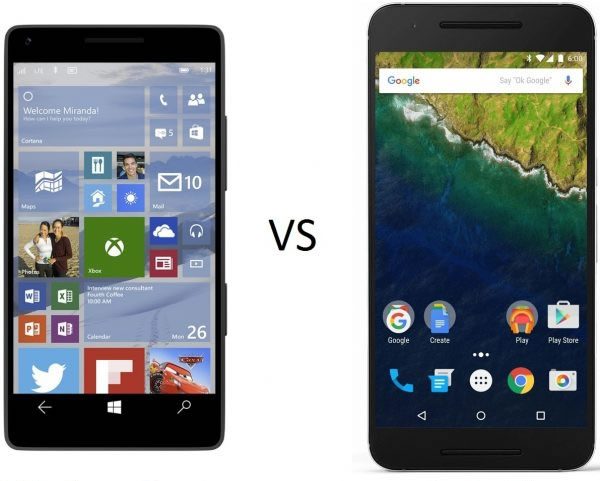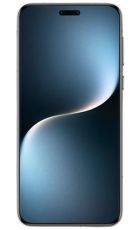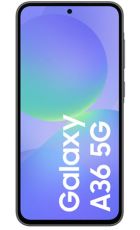The latest version of Windows Phone isn’t called Windows Phone at all, it’s called Windows 10 Mobile, because rather than being a bespoke mobile operating system it’s a version of the full fat Windows 10 that Microsoft is shipping on desktops.
That makes it powerful, versatile and unique from its mobile competition, the fiercest of which is Android Marshmallow.
The latest version of Google’s smartphone OS is taking its time to arrive on handsets, but it’s worth the wait, thanks to smart features and a whole lot of polish. If you’re in the enviable position of buying a new phone and aren’t sure which OS to go for here’s what you need to know.
The Look
There was a time when Android wasn’t much to look at and it’s still got a fairly understated design, but it’s clean and attractive. It uses the Material Design language from Android Lollipop, but with a few tweaks, with clear icons, so you always know exactly what you’re about to tap on and unity of design, where everything just works together.
While it looks good, Android 6.0 Marshmallow operates in much the same way as Android and even iOS have for years. Apps are arranged in a grid of icons on your home screen and you can put favourites in a bar at the bottom which stays the same across all home screens. It’s an overly familiar design, but it does make it instantly intuitive.
The open nature of Android also means you can customise it to your liking, with widgets, which add clocks, calendars, weather information and more to your home screen. Or you can even download a whole new skin, to completely change the look.
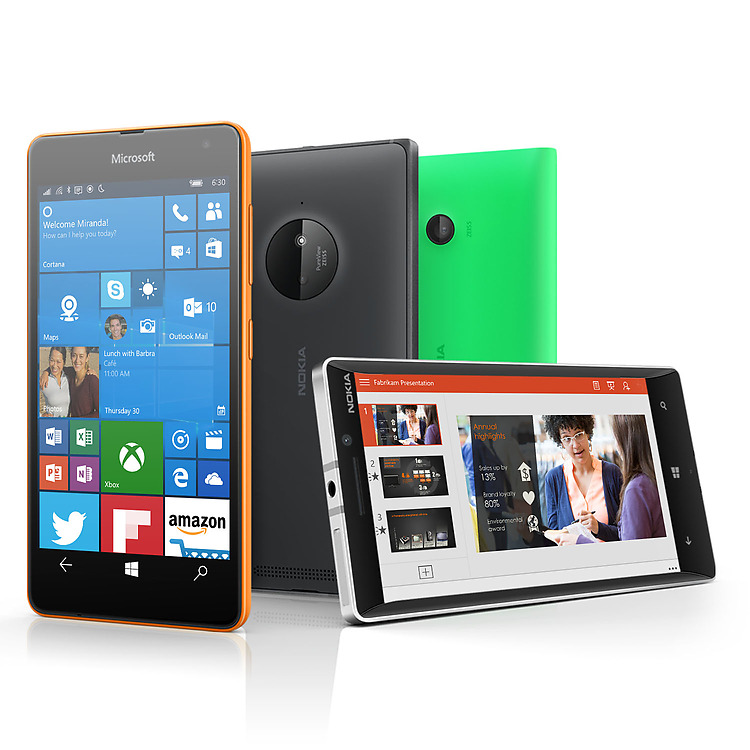
Windows 10 Mobile is different. It’s far busier and far more colourful. It still has a grid of apps, but they’re Live Tiles, rather than icons. This has two effects, for one they look less distinctive than Android’s, but for another they can display changing information or images. For example, the photo tile might show thumbnails of your latest shots, a bit like mini widgets.
It doesn’t look as refined as Android and it’s not as customisable, but it is more distinctive, as it looks almost nothing like Google or Apple’s mobile operating systems. It’s also powerful as you’ll see below.
The Apps
This is a major problem point for Windows 10 Mobile as just like previous versions of Windows Phone there simply aren’t enough apps.
It’s a vicious circle because the lack of apps contributes to there being a relatively small user base, which in turn means developers lack incentive to make more apps. It’s not all bad news though, as there are apps for most of the big services you’d expect to find, such as Facebook, as well as numerous more niche apps, there just aren’t as many as the competition.
In a bid to fix this Microsoft is making it easy for developers to port their iOS apps to Windows 10 Mobile, so we may soon see an influx, but it’s unlikely to catch up with Android 6.0, which has over 1.6 million apps available, with more being added all the time.
Many of these are low quality, but it does mean that you can find an app for just about anything you’d ever want.
The Features
Many of the core features of Android and Windows Phone are very similar. For example, swiping down from the top of the screen on either OS will show you any notifications and give you access to quick settings.
Both operating systems also have a deeper settings screen and an app drawer, to hide away any apps that you don’t want to see front and centre on your home screen.
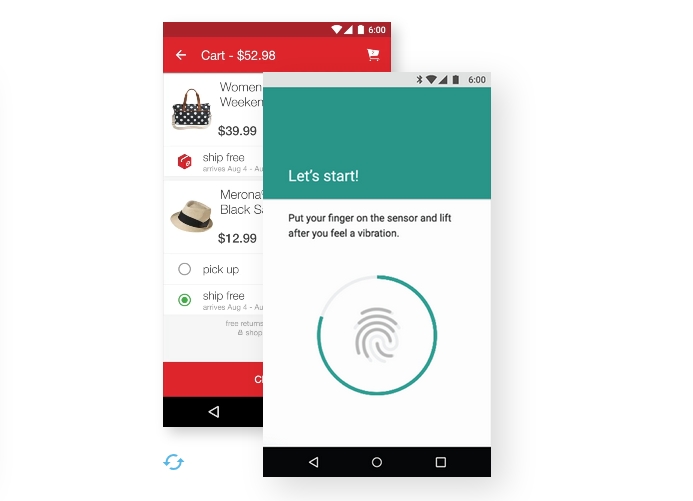
They do have some big, distinctive features though. On the Android front there’s Android Pay, which allows you to make contactless payments on your phone. This hasn’t arrived in the UK yet, but expect to see it soon.
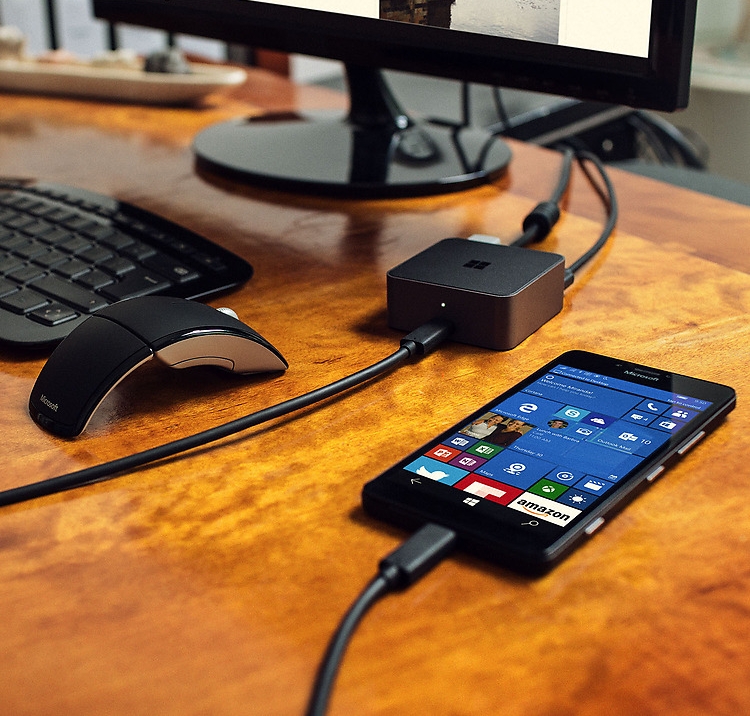
On Windows 10 Mobile you get Continuum, which allows supported devices to connect to a screen and provide an interface similar to what you’d find on a Windows 10 PC, so it’s great for serious productivity.
Google Now vs Cortana
Of course the biggest features of these two operating systems are arguably Google Now on the Android side and Cortana over on Windows 10 Mobile.
These two voice-activated assistants both aim to save you time and let you use your phone hands-free, by talking to it instead. You can get internet search results, weather forecasts and system interactions through them, such as launching apps.
Cortana has more personality, with a more human voice and more natural responses, but currently it’s not quite as powerful as Google Now, especially with the Now on Tap feature added in Android Marshmallow.
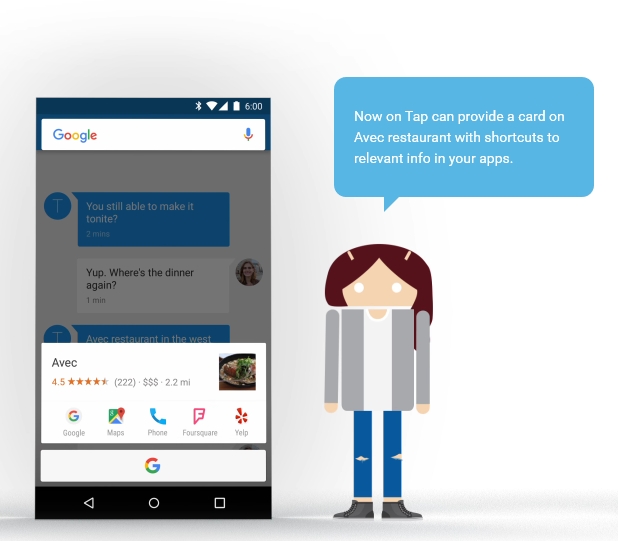
Now on Tap lets you access information on whatever’s happening on your screen with a single tap and it even digs into conversations. That could mean for example pulling up film times at nearby cinemas if you’re messaging about a new movie.
It’s smart enough to take a good stab at what you’d want to know, but you can always still use a voice query for more specific requests.
Conclusion
Windows 10 Mobile is the most powerful version of Windows Phone yet. It’s also a distinctive OS, but for the time being it lacks the polish of Android and has far fewer apps.
With its Continuum feature it’s better for mobile workers, but Android is arguably still the better all-rounder and certainly better for the average user.
In some ways, thanks to its customisation options and open source nature, it’s also better for more techy users, but Windows 10 Mobile is a highly accomplished mobile OS in its own right and we expect Microsoft will smooth away the rough edges over time.


